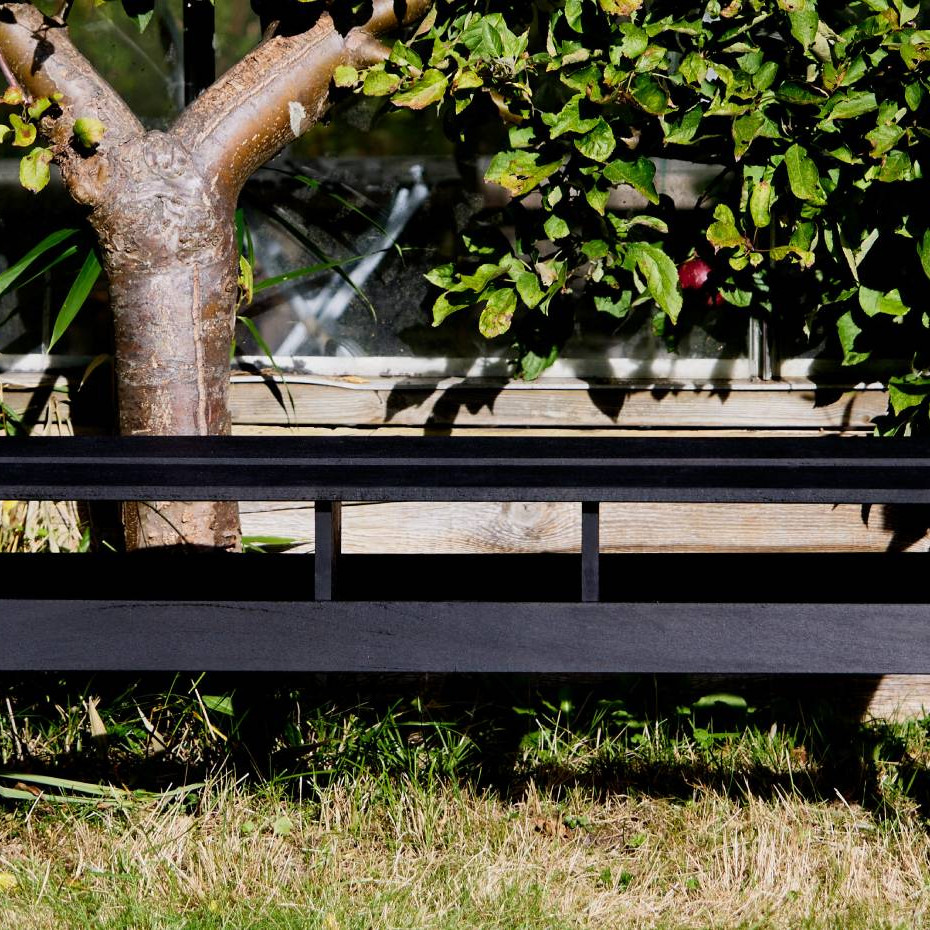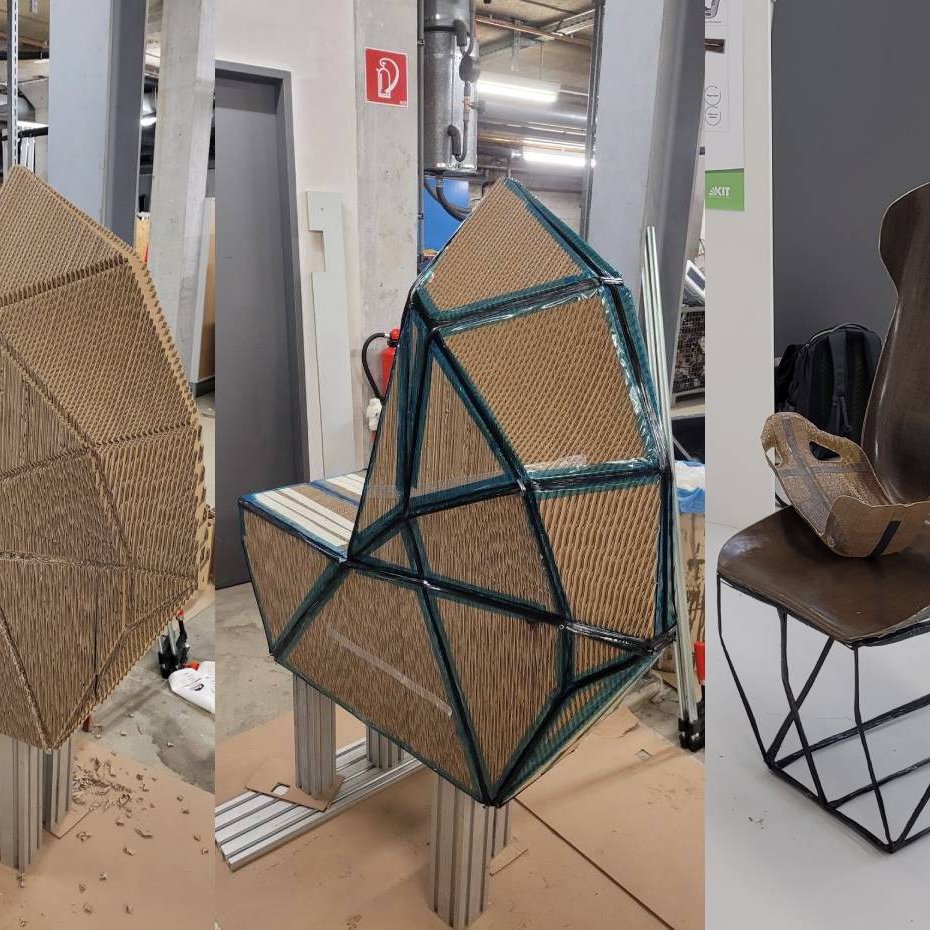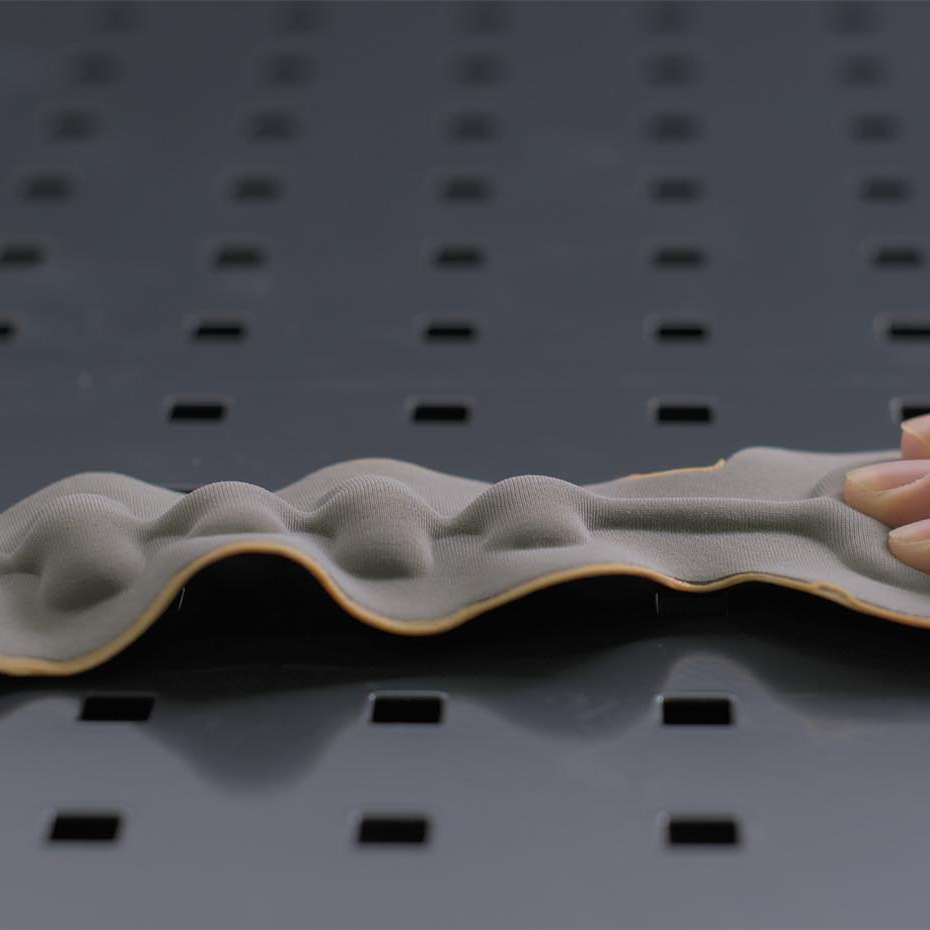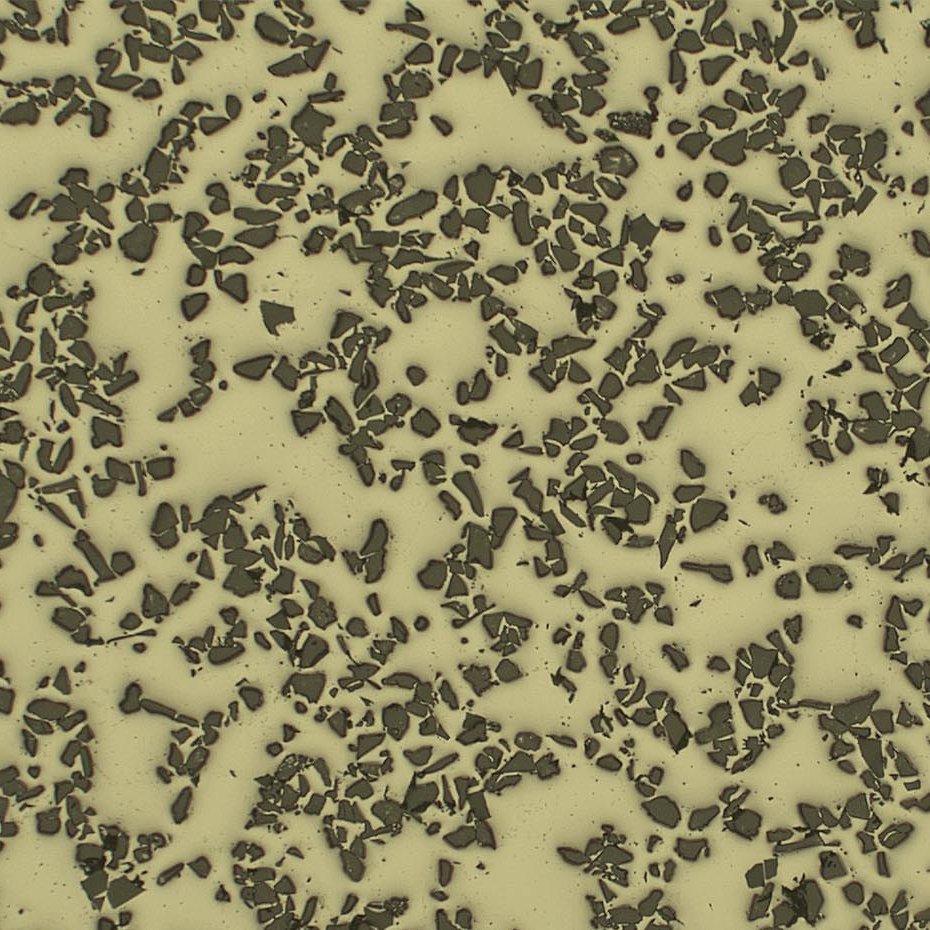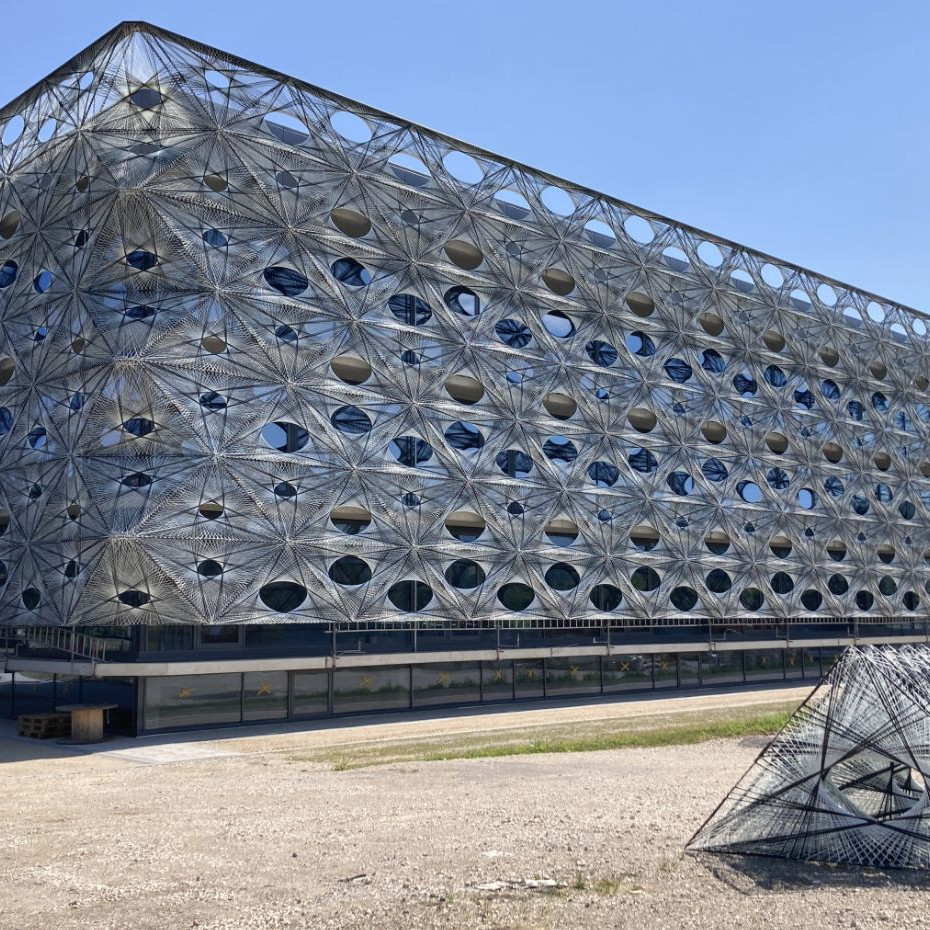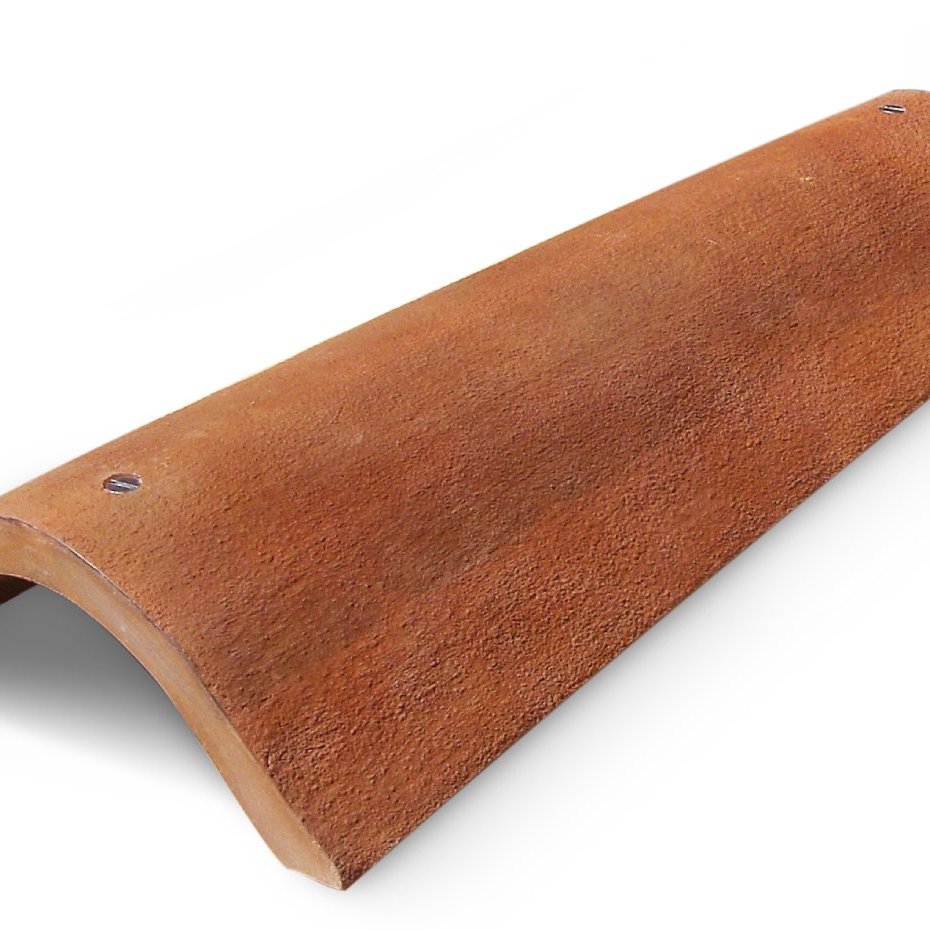Changing Colors
Smart colors for designers
GRID 2 – Zeitschrift für Gestaltung
January 2013
publisher
Detail (Munich)

Colors appeal, are calming, attract us or warn of danger. In intelligent surfaces they can even communicate with users. They respond to ambient influences, become transparent or change their shade and can even generate energy.
Colors with thermosensitive pigments
Cups containing a warm drink change color, raincoats take on color when it’s wet, writing can disappear as if by magic when exposed to UV rays, and mould mass signalizes to the oral surgeon, when it needs to be removed from the mouth. Behind this color intelligence are thermosensitive pigments, photochrome inks or substances, which react to the influence of water and the ph value.
A wonderful example for designers is an umbrella that changes color by Squid London from London. Meanwhile, thermosensitive colors are so far advanced that they can accurately indicate the exceeding of a certain temperature and adopt safety indication functions. After all, under normal climatic conditions the color does not change back so that the interruption of a cold-storage chain can be proven using thermolock-colors (Matsui Color).
Colors are also being assigned a crucial function in connection with the changeover to regenerative energy sources. After all, thanks to photochemical reactions some colors are suitable for transforming light into energy. It only makes sense to use these in construction materials.
Scientists at TITV Greiz are working on developing an application for end consumers. In the TEXSOLAR project test are being done on using pigment solar cells in textile and fibres. Clothing could then become a source of energy.
Also connected with generating energy and color: a consortium led by ARUP has developed bio-reactive facade elements to build the BIQ House (BIQ: Bio-Intelligence Quotient) for the International Building Show 2013 in Hamburg.
Using bioreactors mounted in the facade microalgae are bred, which not only make for a highly striking green but also expand the scope of producing regenerative energy. Through the growth of the algae sunlight and carbon dioxide are turned into biomass and heat, which can be used directly for heating. From time to time the biomass is removed from the facade and converted in a biogas plant so that the colorful bio intelligence can built itself up again.
www.ctiinks.com
www.3mdeutschland.com
www.squidlondon.com
www.matsui-color.com
www.titv-greiz.de
www.arup.com
image: water sensitive umbrella (source: Squid London)
Ecoblaq molecular wood colours
23 March 2024
Ecoblaq is a molecule manipulation method, a natural chemical reaction, making…
Natural fiber reinforced car seat
22 October 2023
The focus of the project "Design for Recycling" is a seat shell that is made…
MotorSkins morphing textiles
19 April 2022
Berlin based start-up MotorSkins designs and produces textiles with embedded…
3D Pioneers Challenge 2022
15 December 2021
The 3D Pioneers Challenge 2022 adresses tech pioneers who pave the way for…
IGNIS – Light from waste heat energy
12 August 2020
The availability of affordable, independent and, above all, clean electrical…
Brake disc with reduced fine dust
21 April 2021
Fine dust endangers our health. One of the main sources is traffic, especially…
Texoversum
15 July 2023
With the "Texoversum", Reutlingen University has put into operation a training…
Invisible Terracotta Solar Rooftile
10 May 2023
The family-run business Dyaqua has developed a technology to integrate a…
Xarvio – Digital Farming
8 January 2021
BASF Digital Farming GmbH has received the renowned Crop Science Award for the…
